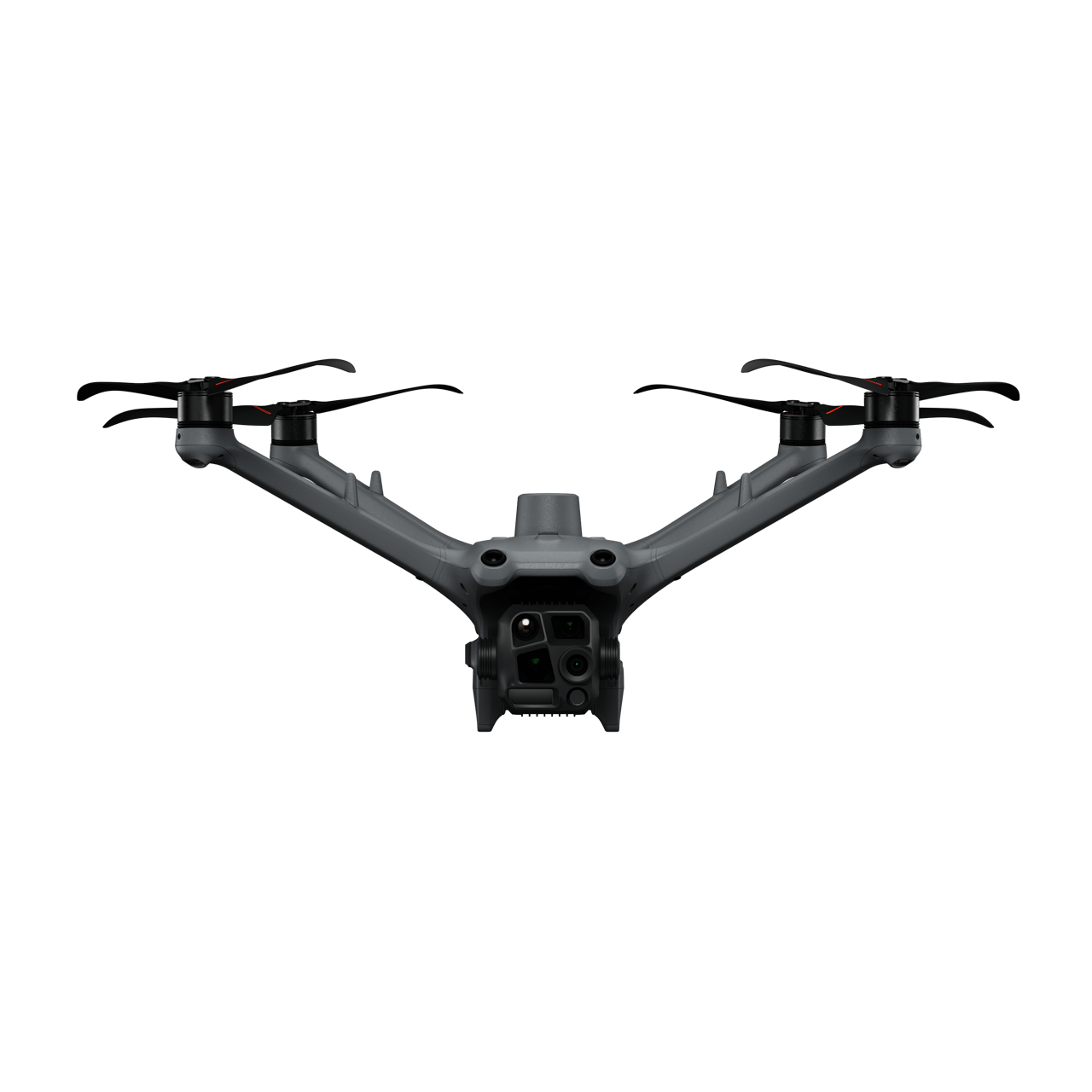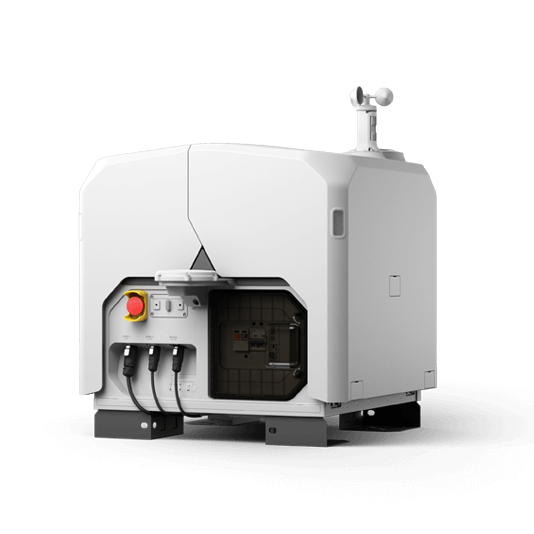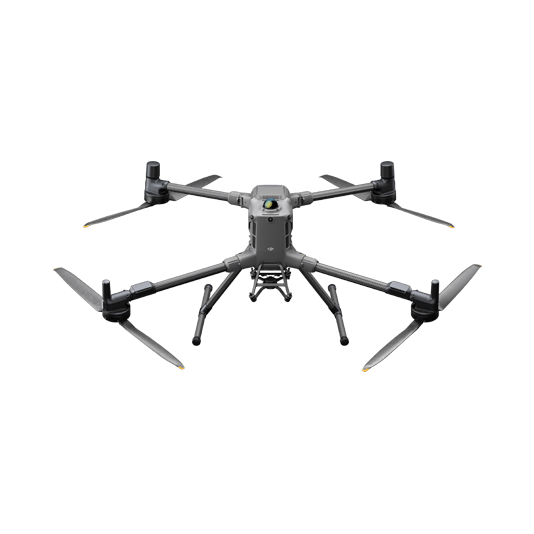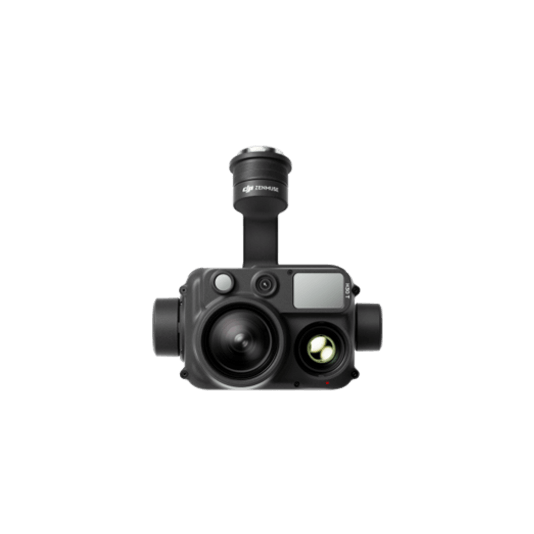First Response
Reduce response times and allocate resources more effectively with timely Drone as First Responder (DFR) operations.
Painpoints
Advantages
Unreliable incident information leads to unprepared ground teams and inefficient resource distribution.
Drones arrive at the incident first, helping to assess the situation so that command centers can allocate resources accordingly.
A lack of manpower in law enforcement departments and large travel distances between incidents leads to delayed response times.
Strategically deploy drones to cut down on response times and to evaluate the urgency of the response needed by ground teams.
Police officers often have to navigate between different roles, leaving little time for drone operations.
Reduce drone integration friction and increase drone availability by integrating drone-in-a-box solutions for Drone as First Responder Programs.
Solution
Automated Drone as First Reponder
Versatile Aerial Response
Automated Drone as First Reponder
The DJI Dock 3 enables Law Enforcement Departments to significantly reduce response times and provide on-demand aerial support for operations. Equipped with visual and thermal sensors and featuring a reduced installation footprint, the DJI Dock 3 is ideal for clustered deployment across cities and urban areas.
Thermal and visual sensors to gather comprehensive aerial intel for your missions.
FlyTo missions to optimize flight response.
Manual controls for developing situations that require human intervention.
Reduced operational risk with the Task Area Management feature.
Drone Platform

DJI Matrice 4TD
... Open
Weight: 1850 g
Max Flight Time: 54 minutes
Environment Adaptability: IP55 rating, max takeoff altitude 6500 m, max wind speed resistance 12 m/s
Sensing System: Omnidirectional binocular vision system, supplemented with a 3D infrared sensor at the bottom of the aircraft
Wide-Angle Camera: 1/1.3-inch CMOS, 48MP effective pixels
Medium Tele Camera: 1/1.3-inch CMOS, 48MP effective pixels
Telephoto Camera: 1/1.5-inch CMOS, 48MP effective pixels
Infrared Thermal Camera: 1280 × 1024@30fps (UHR Infrared Image function enabled, Night Scene mode not enabled)
Laser Rangefinding: 1800m measurement range (1 Hz) @20% reflectivity target
Max Flight Time: 54 minutes
Environment Adaptability: IP55 rating, max takeoff altitude 6500 m, max wind speed resistance 12 m/s
Sensing System: Omnidirectional binocular vision system, supplemented with a 3D infrared sensor at the bottom of the aircraft
Wide-Angle Camera: 1/1.3-inch CMOS, 48MP effective pixels
Medium Tele Camera: 1/1.3-inch CMOS, 48MP effective pixels
Telephoto Camera: 1/1.5-inch CMOS, 48MP effective pixels
Infrared Thermal Camera: 1280 × 1024@30fps (UHR Infrared Image function enabled, Night Scene mode not enabled)
Laser Rangefinding: 1800m measurement range (1 Hz) @20% reflectivity target

DJI Dock 3
... Open
Weight: 55 kg (without the drone)
Size: 1760×745×485 mm (L×W×H, dock cover opened)
Environment Adaptability: -30° to 50° C (-22° to 122° F) operating temperature, IP56 rating, maximum operating altitude 4500 m
Max Operating Radius: 10 km
Charging Time: 27 minutes
Security Camera (Internal) Resolution: 1920×1080
Size: 1760×745×485 mm (L×W×H, dock cover opened)
Environment Adaptability: -30° to 50° C (-22° to 122° F) operating temperature, IP56 rating, maximum operating altitude 4500 m
Max Operating Radius: 10 km
Charging Time: 27 minutes
Security Camera (Internal) Resolution: 1920×1080
Payload And Software

Workflow
- Mission Planning:
- After receiving an incident call, using the DJI FlightHub 2 platform, take control of the DJI Dock 3 closest to the incident location and launch the drone.
- Search for the address on the map and set it as FlyTo destination. - Mission Execution:
- The drone automatically takes off and starts flying to the location.
- The pilot can take over live flight control and operate the drone, payload, and switch between the Wide, Tele, and IR cameras as needed.
- Live stream the drone images to command centers through DJI FlightHub 2. - Post Mission Documentation:
- Captured videos and photos will automatically be uploaded to DJI FlightHub 2 to be used as evidence or debrief documentation.
Versatile Aerial Response
The Matrice 400 sets the standard for high-performance, multipurpose drone solutions. Equipped with the Zenmuse H30T multi-sensor payload, which includes zoom, wide, and thermal cameras, it provides optimal performance for Drone as First Responder programs.
Robust and weatherproof airframe graded IP55, allows you to fly when is most needed.
Night Scene Mode and NIR Auxiliary Light features for night operations.
Optimal operational efficiency with extended flight time of up to 59 min.
Transmission range up to 40km to cover larger response areas¹.
Expandable payload capabilities with speakers, spotlights, and other PSDK options.
Drone Platform

DJI Matrice 400
... Open
Weight: 9740±40 g (with batteries)
Max Takeoff Weight: 15.8 kg
Max Payload: 6 kg
Max Flight Time: 59 minutes
Max Horizontal Speed: 25 m/s
Sensing System: Omnidirectional binocular vision system (surround view provided by full-color fisheye vision sensors), horizontal rotating LiDAR, upper LiDAR, downward 3D infrared range sensor, and six-direction mmWave radar
Environment Adaptability: IP55 rating, max takeoff altitude 7000 m, operating temperature -20° to 50° C (-4° to 122° F)
Compatible with the Zenmuse H30 Series, Zenmuse L2, Zenmuse P1, Zenmuse V1, Zenmuse S1, and third-party payloads.
Max Takeoff Weight: 15.8 kg
Max Payload: 6 kg
Max Flight Time: 59 minutes
Max Horizontal Speed: 25 m/s
Sensing System: Omnidirectional binocular vision system (surround view provided by full-color fisheye vision sensors), horizontal rotating LiDAR, upper LiDAR, downward 3D infrared range sensor, and six-direction mmWave radar
Environment Adaptability: IP55 rating, max takeoff altitude 7000 m, operating temperature -20° to 50° C (-4° to 122° F)
Compatible with the Zenmuse H30 Series, Zenmuse L2, Zenmuse P1, Zenmuse V1, Zenmuse S1, and third-party payloads.
Payload And Software

Zenmuse H30T
... Open
Wide-Angle RGB Camera: 1/1.3-inch CMOS, 48MP effective pixels
Zoom RGB Camera: 1/1.8-inch CMOS, 40MP effective pixels, 34× hybrid optical zoom
Infrared Thermal Camera: 1280×1024@30fps
NIR Auxiliary Light Illumination Range: Approx. 8m diameter circle@100 m
Laser Range Finder: Max measurement range 3000 m
Zoom RGB Camera: 1/1.8-inch CMOS, 40MP effective pixels, 34× hybrid optical zoom
Infrared Thermal Camera: 1280×1024@30fps
NIR Auxiliary Light Illumination Range: Approx. 8m diameter circle@100 m
Laser Range Finder: Max measurement range 3000 m

DJI Pilot 2
... Open
Ground control

Workflow
- Mission Planning:
- After receiving an incident call, using DJI Pilot 2 App on your DJI RC Plus controller, search for the address on the map and drop a pin. - Mission Execution:
- Pilot can control the drone, payload and switch between the Wide, Tele and IR cameras as needed.
- Live stream the drone images to command centers through DJI FlightHub 2. - Post Mission Documentation:
- Collect the videos and photos captured during the mission through DJI FlightHub 2 or download from the payload SD card to be used as evidence or debrief documentation.
[1] Measured with FCC compliance in unobstructed environments with typical interference at a flight altitude of approximately 120 m. Data is for reference only. The actual transmission distance may vary depending on the environment’s obstruction and interference conditions. Please pay attention to reminders in the app.